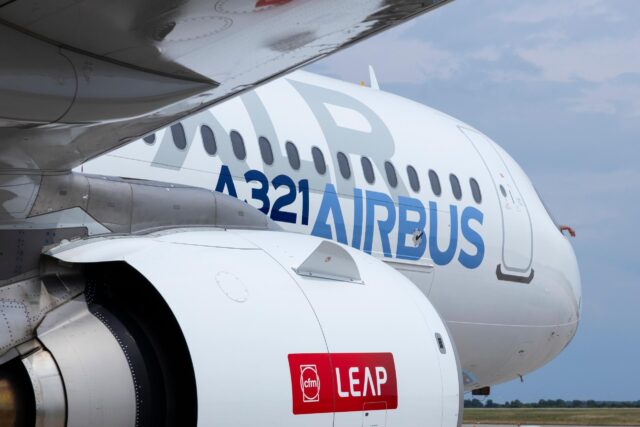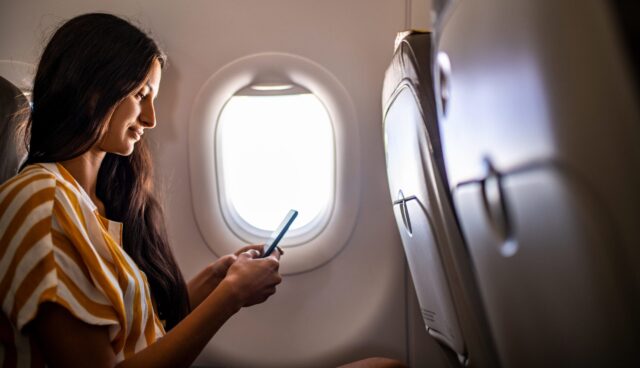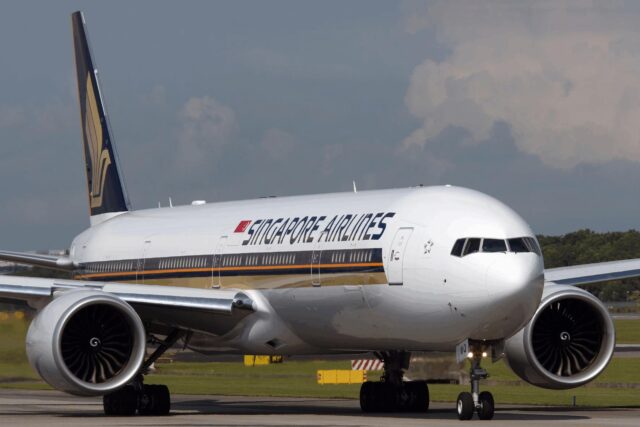Air New Zealand launches first electric aircraft flights with BETA Technologies’ ALIA CX300

October 20, 2025

Air New Zealand has taken a major step toward electric flight with the first take-off of the BETA Technologies ALIA CX300 aircraft – marking the airline’s debut in battery-powered aviation.
The all-electric aircraft, built in the United States by Vermont-based aerospace firm BETA Technologies, completed its maiden New Zealand test flight on 17 October from Tauranga Airport.
It will relocate to Hamilton Airport, where it will operate for two months before moving south to Wellington in December for further evaluation.
Four-month demonstrator programme
The four-month technical demonstrator programme will allow Air New Zealand to assess how the ALIA performs in local conditions, from variable coastal weather to regional operations typical of the carrier’s domestic network.
Engineers, pilots, and regulators will also use the period to gather data on performance, charging, and operational logistics.

Baden Smith, Air New Zealand’s General Manager – Fleet, Networks and Strategy, described the flight as an important step in the airline’s long-term sustainability roadmap.
“New Zealand has a proud history of aviation innovation and pushing for progress, whether it’s Richard Pearse who first opened the skies with flying machines, to the era of TEAL flying boats, through to engineers and aviators who connected us to the world,” he said.
“It’s incredibly special to partner with a global innovator like BETA to ensure New Zealand is a part of shaping what the future of flight might look like both here and around the world. We know aviation will keep changing – it always has. This is a small, cautious step to learn and be part of that change.”
Developing a model for electric flight
The ALIA CX300’s arrival in New Zealand follows months of preparation and a sunrise blessing ceremony in Tauranga.
The aircraft is capable of carrying two crew and around 5.6 cubic metres of cargo, covering distances of nearly 400 kilometres on a single charge.
BETA Technologies Director of Flight Operations, Chris Caputo, said the partnership was designed to create a template for practical electric operations rather than a one-off demonstration.

“This first flight marks the powerful intersection of pragmatic design and operational innovation,” he said.
“We built the ALIA CX300 on a foundation of simplicity to ensure a fast, safe, and efficient path to commercial service.
“With this ‘Tech Demonstrator’ collaboration, Air New Zealand is not just validating a single aircraft – they are creating the rigorous operational blueprint that will serve as a model for operators around the world who are serious about unlocking low-cost, sustainable connectivity for their regional communities.”
Electric aviation gathers global momentum
Electric aviation remains at an early but accelerating stage of development.
BETA Technologies, Joby Aviation and Archer are among the new generation of manufacturers testing aircraft that promise to drastically reduce regional aviation emissions.
According to the International Air Transport Association (IATA), electric and hybrid-electric aircraft could account for up to 25% of regional flights under 500 kilometres by the mid-2030s, pending certification and infrastructure development.
New Zealand has positioned itself as an ideal testing ground for low-emission aircraft, thanks to its renewable energy grid and short-haul domestic network.

Air New Zealand’s investment in mobile 65kW charging stations at Hamilton, Wellington, and Blenheim airports reflects a readiness for commercial-scale trials.
For Air New Zealand, the ALIA CX300 marks the start of a broader strategy to integrate next-generation aircraft into its future fleet.
Chief Corporate Affairs and Sustainability Officer Kiri Hannifin said that while the aircraft will not be operating commercially, it will allow the airline and the wider New Zealand aviation system to better understand the technology:
“We’re so thrilled to be moving into the next generation of aviation,” said Hannifin. “This future is one where we can fulfil our purpose to connect New Zealanders, but with much lower emissions – something we are deeply committed to expediting as quickly as we can to help meet our 2050 net zero carbon emissions target.
“The technology behind this aircraft is incredible, and we’re very proud to be able to bring it to Aotearoa a little earlier to show the country what the future of domestic air travel will look like.”
Featured image: Air New Zealand/BETA
















